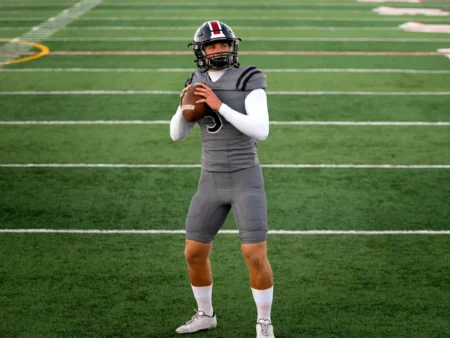
In the heart of the Peach State, where sports play a significant role in community and school life, the selection of the right artificial turf for athletic fields is paramount. The durability, safety, and performance can significantly impact athletes’ experiences and game results. This guide aims to navigate community centers, schools, and sports facilities through the process of choosing the most suitable synthetic lawn, ensuring that it meets the demands of Georgia’s unique climate and the needs of its athletes.
Understanding the Climate and Its Impact on Artificial Turf
Georgia’s climate is characterized by hot summers and mild winters, with considerable humidity and precipitation throughout the year. These conditions require artificial turf that can withstand high temperatures, UV radiation, and moisture without deteriorating or losing performance. Opting for UV-resistant, well-drained turf systems will ensure longevity and maintain a high level of playability, regardless of the weather.
Key Factors in Choosing Artificial Turf for Sports Fields:
1. Pile Height and Density: The pile height, which refers to the length of the turf fibers, and the density, the number of fibers per square inch, play crucial roles in the turf’s feel and performance. Sports fields typically benefit from shorter pile heights that offer stability and durability, especially for activities that involve a lot of running and quick turns.
2. Infill Material: The choice of infill material affects the field’s shock absorption, energy return, and overall safety. Crumb rubber, coated sand, and TPE (Thermoplastic Elastomer) are common options, each with its advantages. For instance, TPE is known for its excellent shock absorption and is less likely to overheat, making it a suitable choice for Georgia’s climate.
3. Drainage System: A well-designed drainage system is essential to prevent water accumulation and ensure the field remains playable even after heavy rain. It also contributes to the turf’s overall durability by preventing the growth of mold and mildew, which can be a concern in Georgia’s humid environment.
4. Durability and Warranty: High-quality turf should withstand the wear and tear of regular use for years. Look for products that come with a warranty that covers significant aspects such as UV protection and fiber integrity. This not only guarantees the turf’s longevity but also ensures financial protection for your investment.
5. Safety Standards: Athlete safety should be a top priority when selecting imitation grass. Look for products tested and certified to meet safety standards, including impact attenuation (the surface’s ability to absorb shock), skin abrasion, and other performance metrics. A safer playing surface reduces the risk of injuries, providing peace of mind for players and facility managers alike.
Implementing Best Practices for Installation and Maintenance:
Proper installation and regular maintenance are crucial to maximizing the lifespan and performance of the turf. It is advisable to work with experienced installers who understand the nuances of preparing the base, laying the turf, and ensuring seamless joins. Once installed, a regular maintenance schedule should be established to clean, inspect, and, if necessary, replenish the infill to keep the field in top condition.
The Benefits of Choosing the Right Artificial Turf:
Selecting the appropriate artificial turf for your sports field offers numerous benefits, including:
– Enhanced Performance: Athletes can enjoy a consistent playing surface that mimics the feel of natural grass, improving their game performance and experience.
– Increased Safety: With the right turf and infill, the risk of injuries related to falls or surface interaction can be significantly reduced.
– Lower Maintenance Costs: Unlike natural grass, artificial grass does not require watering, mowing, or pesticide treatments, leading to substantial savings in maintenance costs.
– Environmental Benefits: By conserving water and eliminating the need for chemical treatments, artificial turf contributes to more sustainable sports practices.
Choosing the right artificial turf for sports fields is a significant decision that influences not just the level of play but also the well-being and contentment of athletes. Taking into account factors such as resilience to climate, pile height and density, infill material, drainage capabilities, durability, and adherence to safety standards, community centers, schools, and sports facilities can make a well-informed investment in a playing surface that aligns with their objectives and surpasses expectations. The goal is to forge an environment where athletes can excel, remaining safe and comfortable under any weather conditions. For more insights and options tailored to Georgia’s unique needs, visit Artificial Turf Tampa.
Picture Credit: Freepik
